The Head Of Robinhood Called The Conditions For The Transformation Of Dogecoin Into The “Internet Currency”
For Dogecoin (DOGE) to become the “future currency of the Internet and people”, the developers of the project need to increase the block size to 1 GB or even up to 10 GB. This was stated by the founder and CEO of the online broker Robinhood Vlad Tenev.
Can #Doge truly be the future currency of the Internet and the people? As we added the ability to send/receive DOGE on Robinhood, I’ve been thinking about what that would take.
— VLAD (@vladtenev) April 14, 2022
“Can DOGE really be the future currency of the internet and people? As we added the ability to send and receive DOGE to Robinhood, I thought about what it would take,” he wrote.
According to Tenev, there are several aspects by which one can judge whether a cryptocurrency is suitable for mass adoption:
- network fees;
- the speed of recording transactions in the blockchain;
- the number of transactions that the network can process per second (TPS);
- inflation.
Also Read: What is Dogelon Mars Crypto Price Prediction 2022, 2025 & 2030?
The head of Robinhood noted that a fairly low commission is charged for transferring funds in the Dogecoin network. According to BitIfnoCharts, over the past three months, average blockchain fees have rarely exceeded $0.3.
Can #Doge truly be the future currency of the Internet and the people? As we added the ability to send/receive DOGE on Robinhood, I’ve been thinking about what that would take.
— VLAD (@vladtenev) April 14, 2022
“First, transaction fees should be extremely low. We are already seeing this. Since the 1.14.5 update last November, typical transaction fees are in the order of $0.003 – you can see this in Robinhood – compared to 1-3% fees charged by major card payment systems, ”he noted.
Tenev stated that the speed of block production should be lower than the time it takes to pay in the trading terminal. But if blocks are generated too fast, this will lead to miners creating competing chains and spending too much energy to reach a consensus.
Ideally, the block time (time between successive blocks being added to the chain and to verify a transaction) should be fast enough that the transaction can be recorded in the next block in less time than it takes to pay at a point of sale terminal.
— VLAD (@vladtenev) April 14, 2022
“Now the DOGE block time is 1 minute. For payments, this is too long – 10 seconds was a more appropriate value, since this is less than what people spend on making a debit card transaction, ”explained the head of Robinhood.
Tenev emphasized that with the current block time (1 minute) and its size (1 MB), the network bandwidth is only 40 TPS. In comparison, Visa can theoretically process up to 65,000 TPS. According to the entrepreneur, this problem is easy to solve – you just need to increase the block size limit.
“Moving to a size limit of 1 GB (and later 10 GB) will provide the bandwidth needed by the global currency for the foreseeable future. Layer 2 networks are not needed to solve this problem,” he said.
The head of the online broker admitted that the increase in the block size makes it impossible to run full-fledged nodes on devices like the Raspberry Pi at home. However, Tenev called this state of affairs “a fair compromise.”
According to him, fears about the endless emission of DOGE are unfounded. He explained that about 5 billion DOGE are issued annually, and the total supply of cryptocurrency is at the level of 132 billion coins.
“As a result, the current inflation rate does not exceed 5% – less than the US dollar! Moreover, fixed emission means that this figure actually decreases over time, and in a couple of decades it will drop to less than 2%,” he concluded.
Tenev advised the developers of Dogecoin to think about the process of expanding the block size. He also asked for their opinion on his proposals.
In May 2021, Elon Musk stated that Dogecoin could outperform Bitcoin if the developers increase the block production speed and reduce fees.
Recall that in December, the non-profit organization Dogecoin Foundation announced that it was collaborating with Vitalik Buterin on the development of a mechanism for staking meme-cryptocurrency.

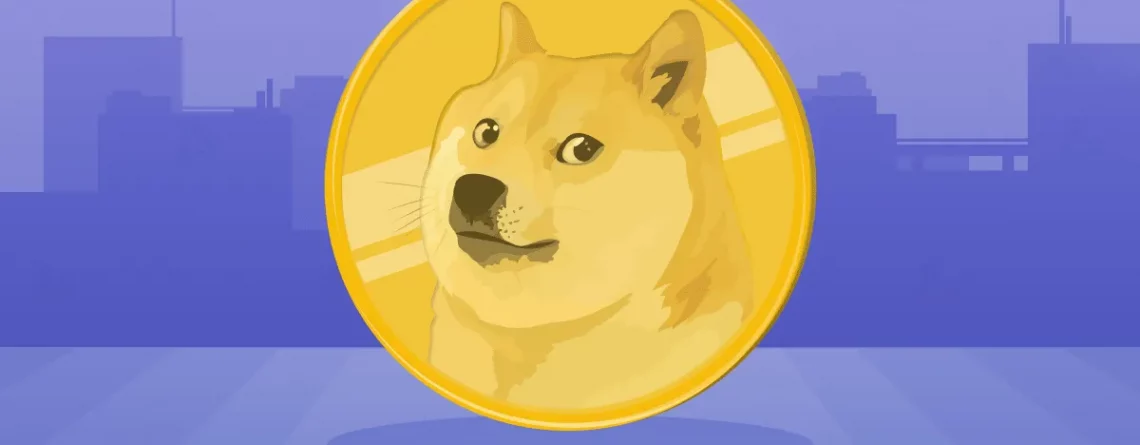
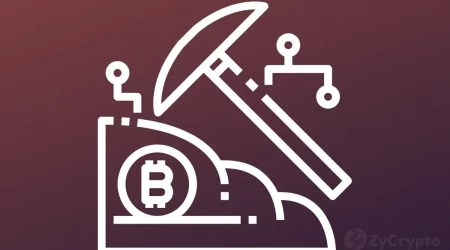



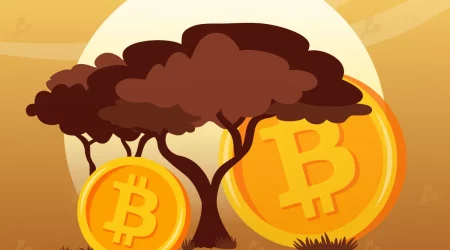
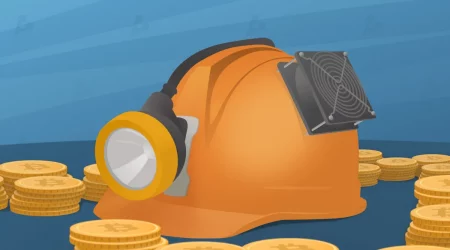
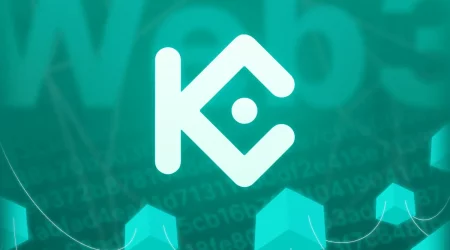

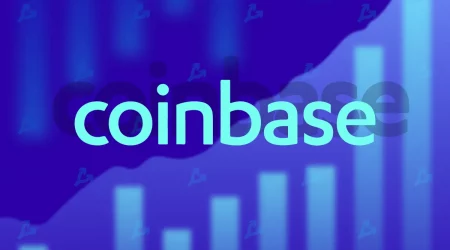
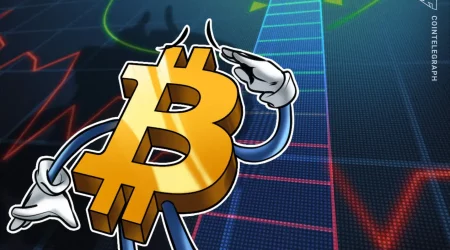
Leave a Reply